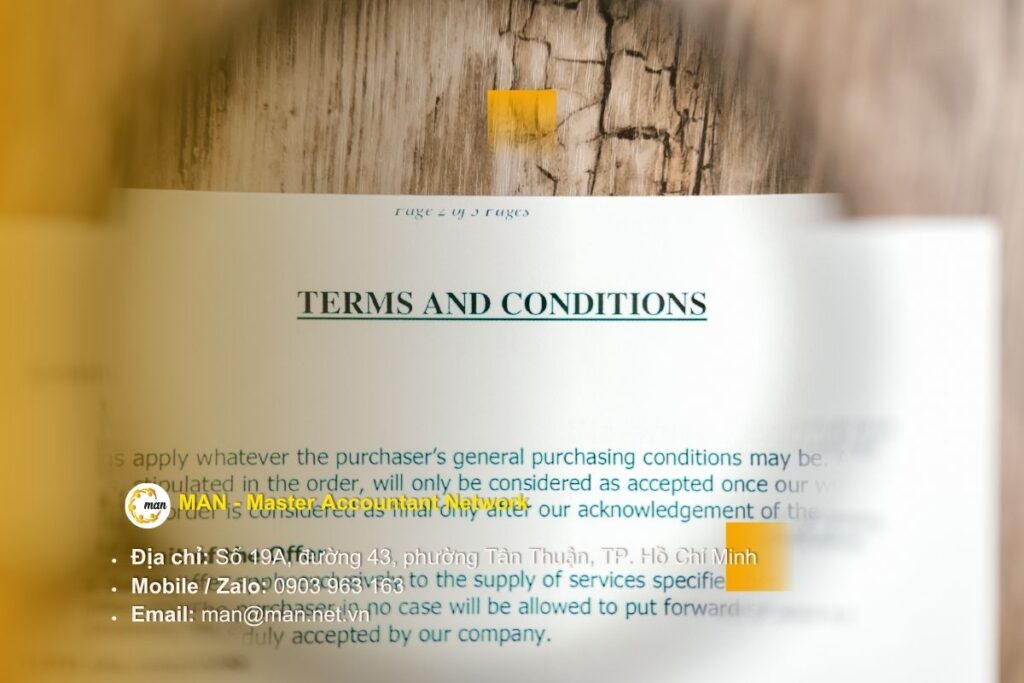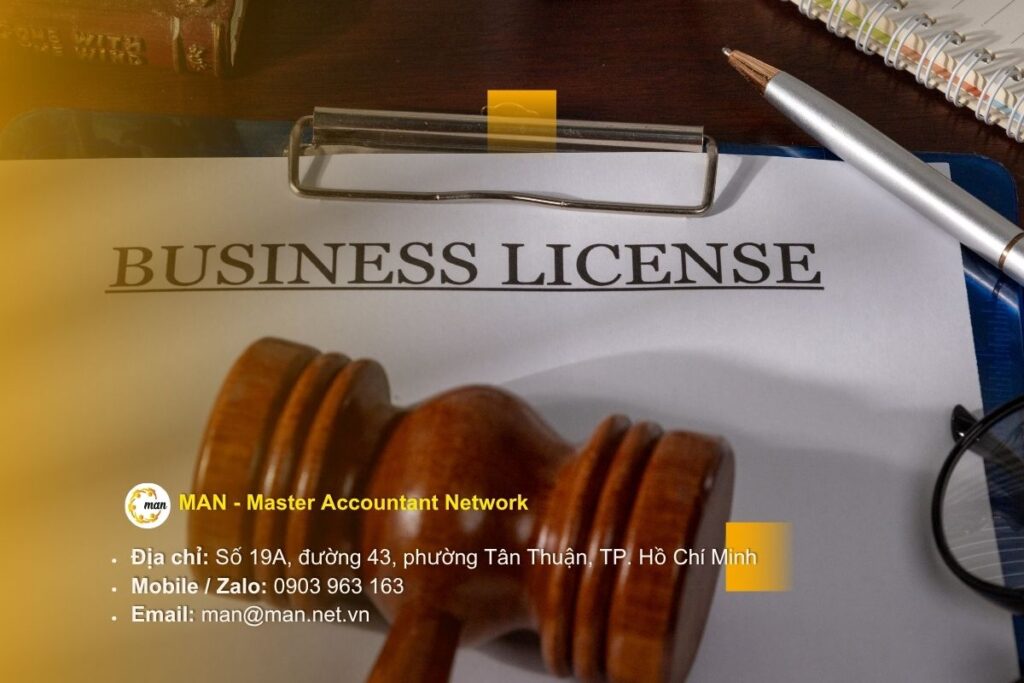Transaction structure in related party transactions plays a key role in optimizing corporate tax and minimizing tax risks. According to the report of General Department of Taxation In 2023, about 40% FDI enterprises in Vietnam will have to adjust their profits due to incomplete transaction structures and transfer pricing documents.
Establishing internal transaction controls, preparing detailed transfer pricing documents and allocating profits appropriately not only helps businesses comply with Vietnamese tax laws but also ensures transparency in cross-border transactions. This is an important foundation for businesses to reduce the risk of tax collection, improve management efficiency and optimize tax costs in inter-company transactions.
Concept of transaction structure in GDLK
What is the transaction structure?
The transaction structure in related party transactions is the way a business organizes transactions between subsidiaries, branches and parent companies within the same group. According to Vietnamese tax law and OECD standards on related party transactions, this structure helps identify transactions with significant value, makes transaction flows transparent and demonstrates that prices are applied in accordance with the arm's length principle.
The role of the transaction structure is not only to meet legal requirements, but also as a tool to manage tax risks, ensuring that all internal transactions are recorded accurately, completely and have a clear basis when audited by tax authorities.
Role for business
For businesses, a sound transaction structure brings practical benefits:
Support compliance with Vietnamese tax laws, ensure complete transfer pricing documentation and related party transaction reporting.
Minimize the risk of tax arrears or profit adjustments due to errors in documentation or valuation methods.
Improve cross-border transaction management capabilities, especially for multinational corporations with many subsidiaries.
Illustrative example: A multinational corporation, thanks to detailed records and reasonable transaction structure, avoided being charged $1 million, and demonstrated that the valuation method applying the arm's length principle was reasonable.
Documents to prepare for tax optimization

Transfer pricing documents and related reports
To optimize corporate tax through transaction structuring, preparing complete transfer pricing documentation is key. Important documents include:
Master File: Synthesize corporate strategy, profit allocation and global affiliate transactions.
Local File: Details of domestic related party transactions, helping to be transparent and comply with Vietnamese tax laws.
IGF (Intercompany Global File): A summary of cross-border transactions between companies in a group.
Transfer pricing documentation: Demonstrate that the pricing method complies with the arm's length principle.
Related party transaction appendix (GDLK 01): Record the list of transactions, values and detailed valuation methods.
Business information and transaction structuring strategy
Businesses need to prepare an overview and transaction structure strategy to ensure rationality and transparency:
Corporate structure, ownership structure and subsidiaries: Including domestic and foreign branches, creating a basis for tax authorities to assess.
Deal structuring strategy and pricing method: Ensure transactions are executed at fair market prices.
Cross-border affiliate trading
Cross-border transactions within the group need to be fully and detailedly recorded:
List transactions of goods, services, and transfers of assets between the parent company and its subsidiaries or foreign branches.
Apply the arm's length principle to prove the market price is correct and reasonable.
Full record management makes it easy for businesses to explain valuation methods to tax authorities and to make cross-border transactions transparent.
Tax optimization process based on transaction structure
Prepare for inspection
Before the tax authority conducts an inspection, careful preparation of documents is an important factor to minimize risks. Enterprises need to check all documents and assess the risks of material transactions, ensuring that related-party transactions are managed and transparent. Making a list of documents to provide helps enterprises proactively demonstrate the transaction structure in related-party transactions and avoid missing documents.

Internal transaction control systems should be reviewed to ensure that all information related to related party transactions is fully recorded, from contracts, invoices to pricing methods. This not only helps ensure complete documentation before inspection, but also creates a solid basis for the subsequent explanation process.
Support for related transaction inspection is a useful tool to help businesses review and complete documents effectively.
During the inspection
During an audit, businesses should detail their intercompany transactions and explain the transaction structuring strategy they have adopted. This helps tax authorities understand the reasons and basis for related party transactions, thereby minimizing the possibility of unreasonable tax adjustments.
For valuation methods, businesses need to explain in detail and update records promptly if requested by tax authorities. This helps Explain the valuation method transparency, supporting tax risk management, ensuring potential errors are detected and addressed during the audit process.
After inspection
After the inspection is completed, the enterprise needs to review all documents and make adjustments if errors are detected. This is also an opportunity to learn from experience and optimize the transaction structure for the next reporting period, in order to enhance the ability to protect transfer pricing documents.
Optimizing transfer pricing records protection and updating records as required by tax authorities helps businesses maintain transparency and compliance with legal regulations, while minimizing the risk of additional tax treatment in subsequent periods.
Common risks and precautions
Common mistakes
In the process of managing transaction structures in related party transactions, some common errors can increase tax risks and affect control effectiveness. Common problems include:
Lack of information about the group structure makes it difficult for tax authorities to assess the overall transactions.
Incomplete transaction details, lack of contracts, invoices or supporting documents for related transactions.
The applied valuation method is not standard, does not reflect the arm's length principle, leading to the possibility of tax adjustment.
These errors demonstrate the importance of managing tax risks and maintaining internal control over transactions, particularly in demonstrating the transaction structure in related party transactions to tax authorities.
How to optimize your profile
To minimize risks and protect transfer pricing records, businesses should apply the following optimal steps:
Combine Master File, Local File and Intercompany Global File (IGF) to ensure complete and transparent records for intercompany transactions.
Continuously control the quality of records, update when there are changes in transactions or legal regulations.
Apply the arm's length principle to demonstrate that transfer pricing is consistent with the market, while strengthening the transaction structure.
These measures help optimize the protection of transfer pricing records and update records as required by tax authorities, while demonstrating the transparency and rationality of the transaction structure in related-party transactions, minimizing tax risks for businesses.
Legal regulations and international standards
Vietnam Tax Law
Vietnamese tax law requires businesses to prepare complete and transparent transfer pricing documents, especially for related-party transactions. Compliance with these regulations not only helps minimize the risk of tax adjustments, but also demonstrates serious compliance with Vietnamese tax law.
Statistics show that about 40% FDI companies have had their profits adjusted due to incomplete records, lack of contracts, invoices or inappropriate pricing methods. This emphasizes the importance of building a transparent and well-documented transaction structure in related party transactions.
OECD standards
The OECD Transfer Pricing Standards provide detailed guidance on the preparation of the Master File, Local File and Intercompany Global File (IGF). The global application of the arm's length principle helps businesses ensure that the prices of transactions between associated companies are consistent with international markets.
Complying with OECD standards on related party transactions not only supports the optimization of documentation, but also enhances the optimization of transfer pricing protection, especially for cross-border transactions. Combining both OECD guidelines and Vietnamese tax law helps businesses maintain transparency in the transaction structure in related party transactions.
Comparison table of Vietnamese and OECD laws
| Criteria | Vietnam Tax Law | OECD standards |
|---|---|---|
| Request Profile | Local File, Master File (for FDI enterprises or important related transactions) | Master File, Local File, Intercompany Global File (IGF) |
| Scope of application | Vietnamese enterprises with domestic and cross-border related transactions | Global, focusing on cross-border transactions between affiliated companies |
| Pricing principles | Arm's length principle applied in Vietnam | Global arm's length principle, detailed guidance from OECD |
| Purpose | Ensure transparency, avoid illegal profit transfer | Transparency of cross-border transactions, protection of business interests and tax authorities |
This comparison table helps businesses easily see the differences and similarities between regulations, thereby building a suitable transaction structure in related-party transactions, ensuring transparency and compliance with both Vietnamese law and international standards.
Conclusion and recommendations
The transaction structure in related party transactions plays a key role in tax optimization and tax risk management. A transparent transaction structure helps businesses demonstrate the reasonableness of related party transactions, while supporting tax cost control and reducing the possibility of profit adjustment.
Compliance with Vietnamese tax laws and OECD standards is an important foundation for building complete and accurate transfer pricing documents. Enterprises should combine the establishment of Master File, Local File and Intercompany Global File (IGF), and regularly update the documents to accurately reflect the actual transactions.
In addition, maintaining tight internal transaction controls and applying measures to optimize transfer pricing records will help businesses minimize tax collection risks and ensure legal compliance.
Contact information MAN – Master Accountant Network
Address: No. 19A, Street 43, Tan Thuan Ward, Ho Chi Minh City
Mobile / Zalo: 0903 963 163 – 0903 428 622
E-mail: man@man.net.vn
MAN Editorial Board – Master Accountant Network




